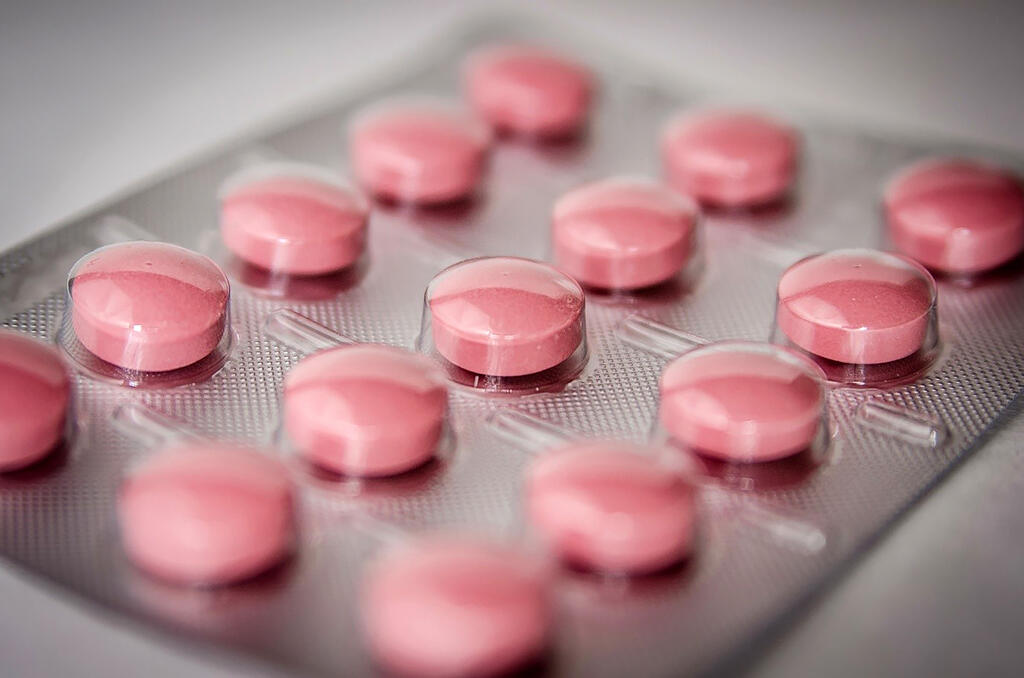
Candidate therapeutics have been identified for oral and nasal administration that are effective not only against the COVID but also SARS, MERS, and other coronaviruses that may arise in the future. A joint research team consisting of Yutaka Furutani, Senior Researcher, Liver Cancer Prevention Research Unit, RIKEN Pioneer Research Headquarters (visiting researcher, Jikei University School of Medicine), Unit Leader Mizuo Maeda, and Tomokazu Matsuura, a visiting researcher (Professor at Jikei University School of Medicine) developed a system for screening compounds that can degrade genomic RNA of COVID-19, and discovered that the low-molecular-weight compound CDM-3008 exerts inhibitory effects on all coronaviruses. Senior Researcher Furutani said, "By interacting with one of the interferon receptors, CDM-3008 degrades viral RNA. Therefore, it is effective against coronaviruses and flaviviruses. We are synthesizing further optimized low-molecular-weight compounds and aiming for clinical trials in 3 years and commercialization in 5 years." These findings were published online in the journal International Journal of Molecular Sciences.
Interferon (IFN) α is used for treating viral hepatitis; it also exhibits a certain degree of effect against the novel coronavirus. However, apart from the high medical cost, side effects such as generation of IFN-specific autoantibodies to IFN have been reported in patients who become severely-ill with the new coronavirus. In contrast, the low molecular weight compound CDM acts as an agonist of IFNα/β receptor 2, activates the JAL/STAT pathway, and induces the expression of interferon-stimulated genes (ISGs). As CDM is a small molecule compound and is unlikely to be inhibited by autoantibodies, it was investigated as a therapeutic agent for oral or nasal administration.
Instead of using the whole coronavirus, which can only be handled in laboratories with a safety level of BSL3 or higher, the research group created a non-infectious but replicable viral genomic RNA, known as a replicon. By expressing this genomic RNA in cells, the research team constructed a screening system to evaluate virus-suppressing effects. In Calu3 cells, IFNα and CDM could degrade the new corona subreplicon RNA within 24 hours in a concentration-dependent manner. The research group also confirmed the repression of subreplicon RNAs by INFα in Hela cells. The RNA inhibitory activity of INFα disappeared in response to treatment with a JAK inhibitor, suggesting that the JAK/STAT pathway is activated and ISGs are induced to degrade subreplicon RNA.
ISGs are a group of genes that exert various antiviral effects and encode several factors that recognize and degrade viral-derived RNAs. When OAS1, OAS2, OAS3, and ISG20 were selected from among ISGs and gene expression was suppressed using siRNA, the results revealed that ISG20 is involved in degrading viral genomic RNA and suppressing replication. The research team synthesized various compounds based on the CDM-3008 structure and identified multiple CDM derivatives that can specifically activate IFN signaling. The synthesized compound can be used as a therapeutic agent against not only the mutated new coronavirus, but also against unknown coronaviruses and flaviviruses, which may cause future pandemics. Since it is a low-molecular-weight compound, its production cost is low, and because it is stable, it can be stored at room temperature.
Researcher Furuya said, "Initially, I was working on hepatitis B virus and exploring a compound that could replace interferon, which is difficult to use for therapy because of adverse effects and cost. While reading research papers on the novel coronavirus, I realized that interferon was important. In this study, we investigated the effects of CDM-3008 and found that it is approximately 5 times more effective than interferon by further optimizing its structure. We are preparing to apply for a patent and would like to consult with a pharmaceutical company."
This article has been translated by JST with permission from The Science News Ltd.(https://sci-news.co.jp/). Unauthorized reproduction of the article and photographs is prohibited.




